The decision to spay or neuter a pet is one of the most significant choices a pet owner will make during their companion’s life. This procedure, often referred to as "fixing," involves the surgical removal of reproductive organs to prevent unwanted litters and provide health benefits. While the topic is widely discussed, the nuances of how it impacts a pet’s life cycle—from behavioral changes to long-term health outcomes—deserve a closer look.
Many veterinarians recommend spaying or neutering pets around six months of age, though the ideal timing can vary depending on breed, size, and individual health. For female pets, spaying eliminates the heat cycle, which can be a stressful period marked by restlessness, vocalization, and attracting unwanted male attention. Male pets, once neutered, often exhibit reduced territorial marking and aggression. These behavioral shifts can make cohabitation easier, but they’re just one piece of a much larger puzzle.
The health implications of spaying and neutering are profound. For females, the procedure significantly reduces the risk of mammary tumors and eliminates the possibility of pyometra, a life-threatening uterine infection. In males, neutering lowers the chances of testicular cancer and prostate issues. However, recent studies have sparked debate about potential downsides, such as an increased risk of certain joint disorders in larger dog breeds when the procedure is performed too early. This has led to a more tailored approach, with some veterinarians now advising delayed sterilization for specific animals.
Beyond physical health, the emotional and psychological effects of spaying or neutering are often overlooked. Some owners report that their pets become calmer and more focused after the procedure, while others notice subtle shifts in energy levels or playfulness. These changes aren’t universal, but they highlight how deeply reproductive hormones influence a pet’s personality. It’s also worth considering the ethical dimension: by preventing unwanted litters, spaying and neutering help curb overpopulation, reducing the number of animals that end up in shelters.
Recovery from the surgery is typically straightforward, but it requires careful attention. Pets may need to wear a cone to prevent licking or biting at the incision site, and activity should be restricted for a week or two to allow proper healing. Complications are rare but can include infection or adverse reactions to anesthesia. Choosing a reputable veterinarian and following post-op instructions meticulously can minimize these risks. For anxious pet owners, discussing concerns with the vet beforehand can provide reassurance and clarity.
The financial aspect of spaying or neutering shouldn’t be ignored. While the upfront cost might seem steep, it pales in comparison to the expenses associated with caring for a litter or treating health issues that could have been prevented. Many communities offer low-cost programs to make the procedure accessible, recognizing its role in promoting responsible pet ownership. Investing in sterilization is, in many ways, an investment in a pet’s future well-being.
As pets age, the benefits of early spaying or neutering become even more apparent. Senior pets that were fixed young tend to have fewer age-related health complications, particularly those linked to the reproductive system. Owners of geriatric pets often reflect on the decision as one of the best they made for their companion’s longevity. That said, every pet is unique, and what works for one might not be ideal for another. Ongoing dialogue with a trusted veterinarian ensures that choices align with the individual animal’s needs.
Ultimately, spaying or neutering is a deeply personal choice intertwined with broader societal impacts. It’s a decision that reverberates through every stage of a pet’s life, shaping their health, behavior, and even their place in the larger animal community. For those still on the fence, weighing the pros and cons while considering their pet’s specific circumstances can lead to a choice that feels right for both owner and animal. The goal isn’t just to extend a pet’s life but to enrich the years they have.

By /Jul 31, 2025

By /Jul 31, 2025

By /Jul 31, 2025

By /Jul 31, 2025

By /Jul 31, 2025

By /Jul 31, 2025
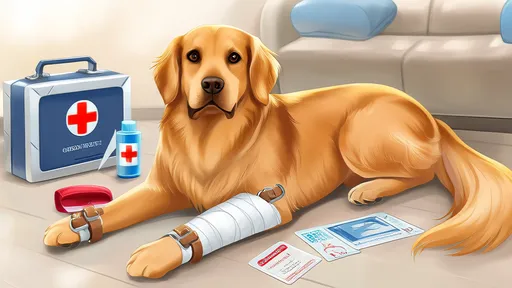
By /Jul 31, 2025

By /Jul 31, 2025
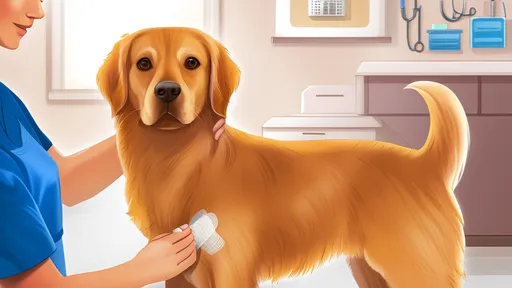
By /Jul 31, 2025
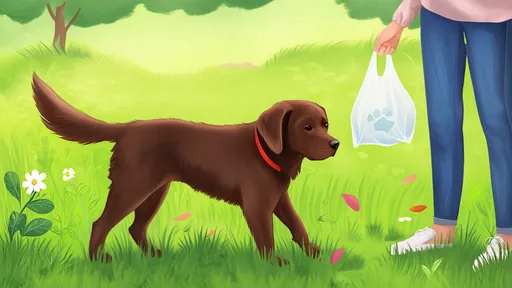
By /Jul 31, 2025
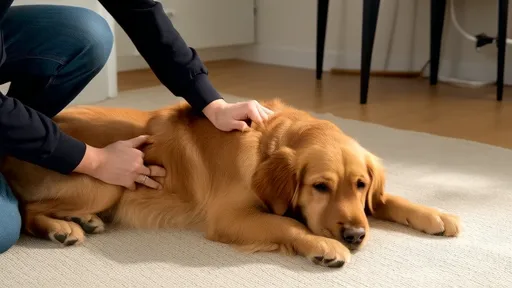
By /Jul 31, 2025

By /Jul 31, 2025

By /Jul 31, 2025

By /Jul 31, 2025

By /Jul 31, 2025

By /Jul 31, 2025

By /Jul 31, 2025
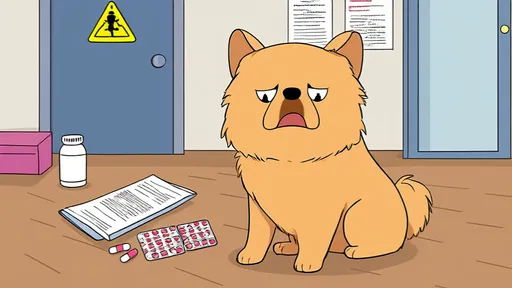
By /Jul 31, 2025

By /Jul 31, 2025

By /Jul 31, 2025